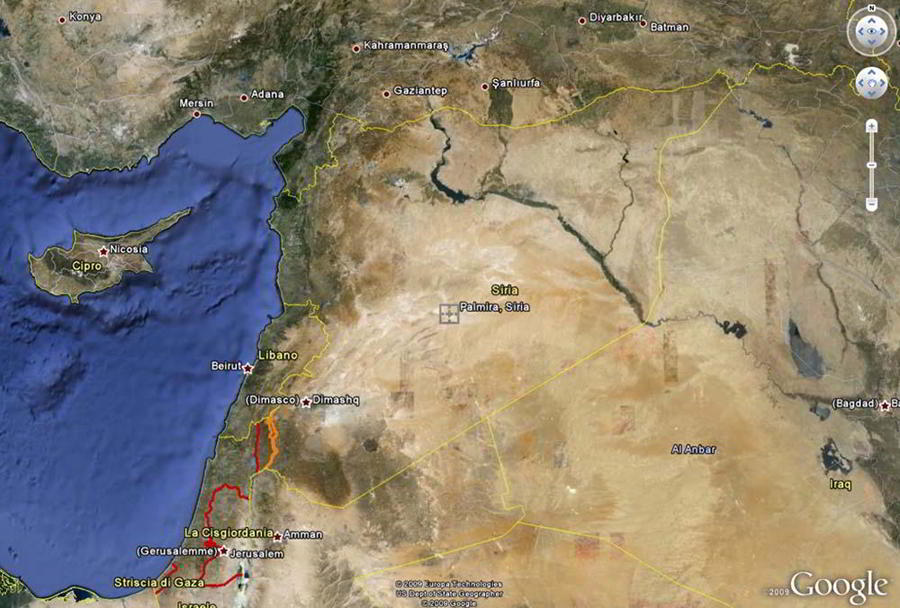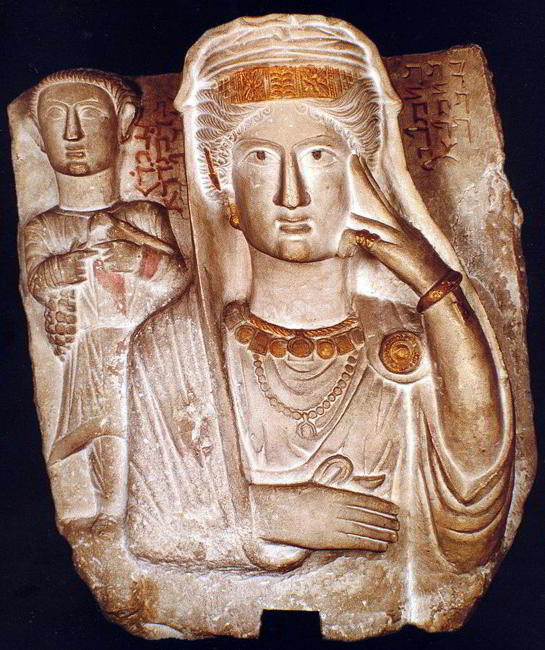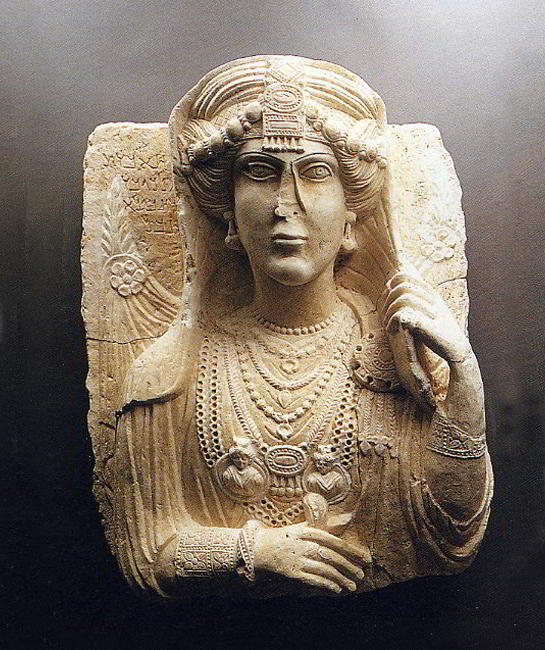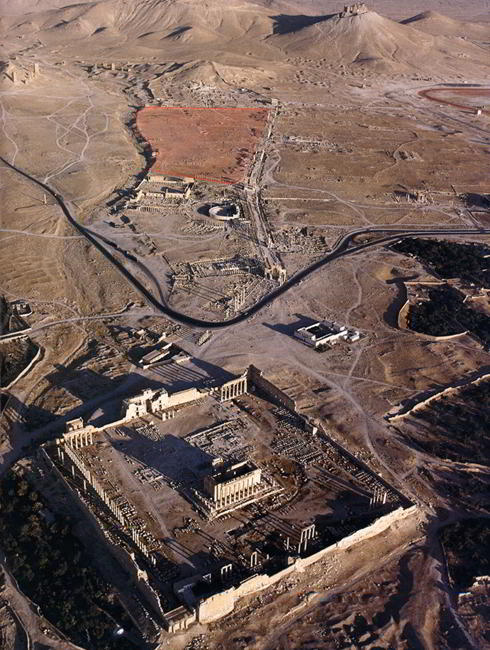THE SCIENTIFIC PROJECT


The south-west quarter of the city:
development and urban transformation.
 Palmyra (Tadmor, Syrian Arab Republic) grew extraordinarily in importance during the Roman Imperial Age, between the 1st and the 3rd century AD: the prosperity and wealth of the "caravan city" - according to the famous definition of Russian historian Rostovzev -, located in a Syrian desert oasis halfway between the Mediterranean Sea and the Euphrates, are due to its position along the trade routes.
Palmyra (Tadmor, Syrian Arab Republic) grew extraordinarily in importance during the Roman Imperial Age, between the 1st and the 3rd century AD: the prosperity and wealth of the "caravan city" - according to the famous definition of Russian historian Rostovzev -, located in a Syrian desert oasis halfway between the Mediterranean Sea and the Euphrates, are due to its position along the trade routes.
The state of preservation of the Roman city has always amazed the travellers:
 the publication of the volume "The ruins of Palmyra" edited by Robert Wood and James Dawkins, in 1753, aroused great interest in Europe, especially in the wonderful drawings the Italian architect, Giovanni Battista Borra, made on site during his two weeks tour with the two Englishmen, in 1751.
the publication of the volume "The ruins of Palmyra" edited by Robert Wood and James Dawkins, in 1753, aroused great interest in Europe, especially in the wonderful drawings the Italian architect, Giovanni Battista Borra, made on site during his two weeks tour with the two Englishmen, in 1751.
Still nowadays Palmyra, since 1980 in the World Heritage List drawn up by UNESCO, continues to enchant the many tourists, who can now easily reach what looks like, at first glance, an immense forest of columns.
A long and established tradition of investigations and studies of the city, by Syrian researchers and foreign archaeological missions, provides us with a good knowledge of the town-planning,

 above all of colonnade streets, and of important public monuments and religious buildings, including the peculiar architectural aspects of these structures.
above all of colonnade streets, and of important public monuments and religious buildings, including the peculiar architectural aspects of these structures.
Also well-known are the vast and rich necropolis, all around the city centre, consisting in different types of large-scale familiar tombs, in which limestone slabs were laid with human busts representing the highest personalities of Palmyra. Most of these finds are conserved in Palmyra, but many others in museums all over the world.
On the contrary, researches about the private residential buildings are not yet very extensive. This situation is not anomalous, confronted with the general knowledge of the urban houses in the Eastern Roman Empire.
In the area of the ancient city there are still large unexplored sectors: new researches are indispensable not only to expand knowledge about the functional destination of all the city quarters, but also to define the chronology of the urban development of Palmyra.
In 2007, as a consequence of the first agreement between the Università degli Studi of Milan and
 the General Direction of Antiquities and Museums of Damascus (DGAM), a joint Italian-Syrian archaeological mission was formed, whose aim is to carry out researches in the south-western quarter of Palmyra. This is a central quarter of the ancient city, measuring c.547 x 281 m and c.114.000 m2 wide, delimited by the Agorà, the Diocletian's Walls, the Damascus Transverse Street and the Great Colonnade Street.
the General Direction of Antiquities and Museums of Damascus (DGAM), a joint Italian-Syrian archaeological mission was formed, whose aim is to carry out researches in the south-western quarter of Palmyra. This is a central quarter of the ancient city, measuring c.547 x 281 m and c.114.000 m2 wide, delimited by the Agorà, the Diocletian's Walls, the Damascus Transverse Street and the Great Colonnade Street.
The apparent absence of monumental ruins with a public function in this quarter leads the archaeologists in presuming an exclusively residential purpose for this area, but it's absolutely necessary to verify this hypothesis with a careful archaeological investigation.
Another important purpose of the Mission is the employ, for the survey and excavation of the site, of the most modern information technologies.
SCIENTIFIC PROJECT
Prof. Maria Teresa Grassi
University of Milan